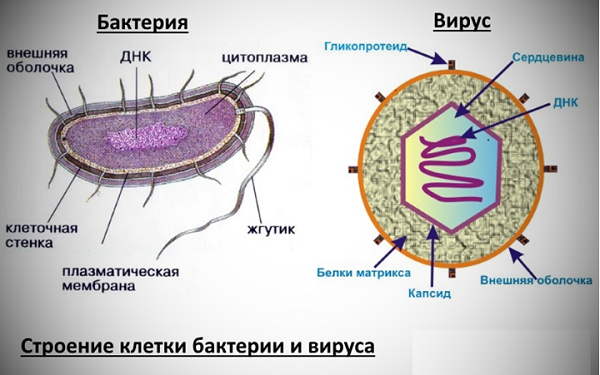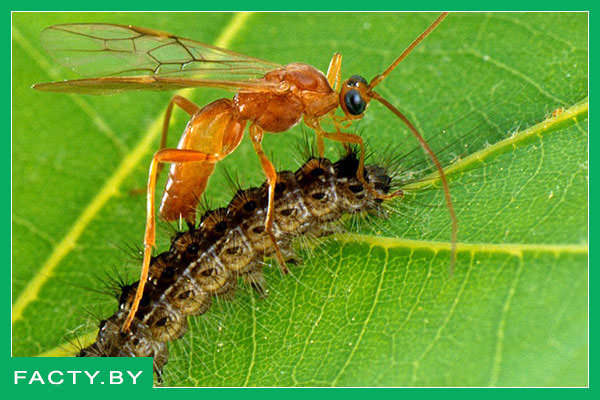Every year, humanity is faced with various kinds of factors that in one way or another affect life. In the global sense, these are man-made disasters, atmospheric phenomena and natural disasters ... But let's not forget about the danger that lies in wait for us at every step, accompanying us every minute. In this article, we will talk about an invisible and little-studied threat - viruses.
Non-cellular life forms that bring death (virus - "poison")
Viruses originated long before the advent of mankind. But people learned about them only in 1892 thanks to the research of a Russian scientist Ivanovsky Dmitry.
A very interesting fact about how a viral disease occurs - more precisely, how the virus enters our bodies. First, it attaches to the cell wall of some living organism, then inserts a hollow rod and introduces DNA or RNA. Loses its capsid (shell). Then it replicates the genome, multiplies, new viral particles are assembled from the genome, and finally the viruses leave the cell.
At the beginning of the article, it is advisable to touch on interesting facts about the structure of viruses:

- genetic material - DNA or RNA. For example, a mimivirus (a huge virus that is visible under a light microscope and is closer in size to bacteria) has both types of molecules in it;
- Protein coat (capsid) protecting the genetic material.
- This completes the structure of simple viruses. But complex viruses have, in addition to the above additional lipid (fatty) membranes.

In the cells of a 3-day-old embryo, there were many viral proteins, and so many that they were already beginning to combine into a kind of ready-made viral particles. Moreover, they influenced the activity of other genes of the embryo: for example, the viral Rec protein increased the level of the IFITM1 protein, whose task is to sit on the cell surface and prevent a viral infection from entering it. It turned out that the "home" virus covered the germ cells from their relatives.
The most dangerous group of viruses that can kill a person are filoviruses.
They can lead to dehydration and bleeding, resulting in death. The most common member of this group is Ebola, as well as the less "popular" in our time, but the deadly Marburg. Now both of these hemorrhagic fevers are flaring up, mainly in African countries (Uganda, Zaire, Sudan, etc.). Mortality is very high: having become infected, a person will die with a probability of 50 to 90%.

Most dangerous viruses enter the human body through airborne droplets. Exceptions: hepatitis, HIV, various types of herpes.
More than 200 types of viruses cause colds.
Some viruses can cause cancer in humans.
Bracanid wasp instead of poison, injects its own "hand viruses" into the victim's body , which have been helping these wasps live in the bodies of other insects for millions of years without being attacked by the immune system of the hosts. By the way, these insects are not afraid of nuclear war - they can withstand radiation up to 1800 Gray (a person needs 200 times less to die). In the post-apocalyptic future, these insects will multiply freely and mutate rapidly.

Inheritance of viruses occurs due to their entry into the germ cells of men and women.
Researchers from the Gustav Rossi Institute, led by Thierry Heidman, were brought back to life in 2006 Ancient phoenix virus, which infected the eggs and sperm of human ancestors many millions of years ago and managed to distribute numerous copies of its genetic material in the genome of our ancestors. This virus came to life in the realities of the laboratory of the 21st century, and scientists noted that it not only penetrates the cell, but also integrates into DNA.
Interesting facts about viruses: a favorable environment for them are unicellular protozoa. Amoeba is a kind of "kindergarten" for viruses. Here they can exchange information and transfer genes to each other.

HIV belongs to the group of RNA viruses. They are also called RETROVIRUS. And thanks to another type of retrovirus, the Araucan chicken breed boasts its unusual blue egg color. Despite this "suspicious feature", they can be eaten.
We hope that the above interesting facts about viruses were informative for you, our dear readers.








